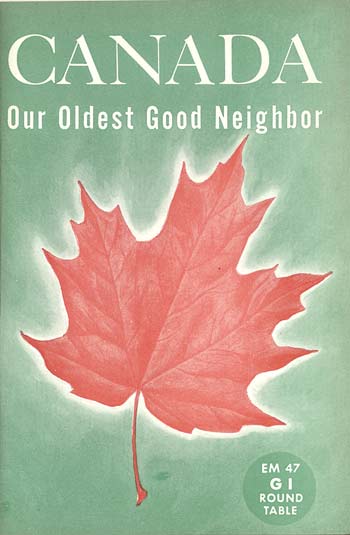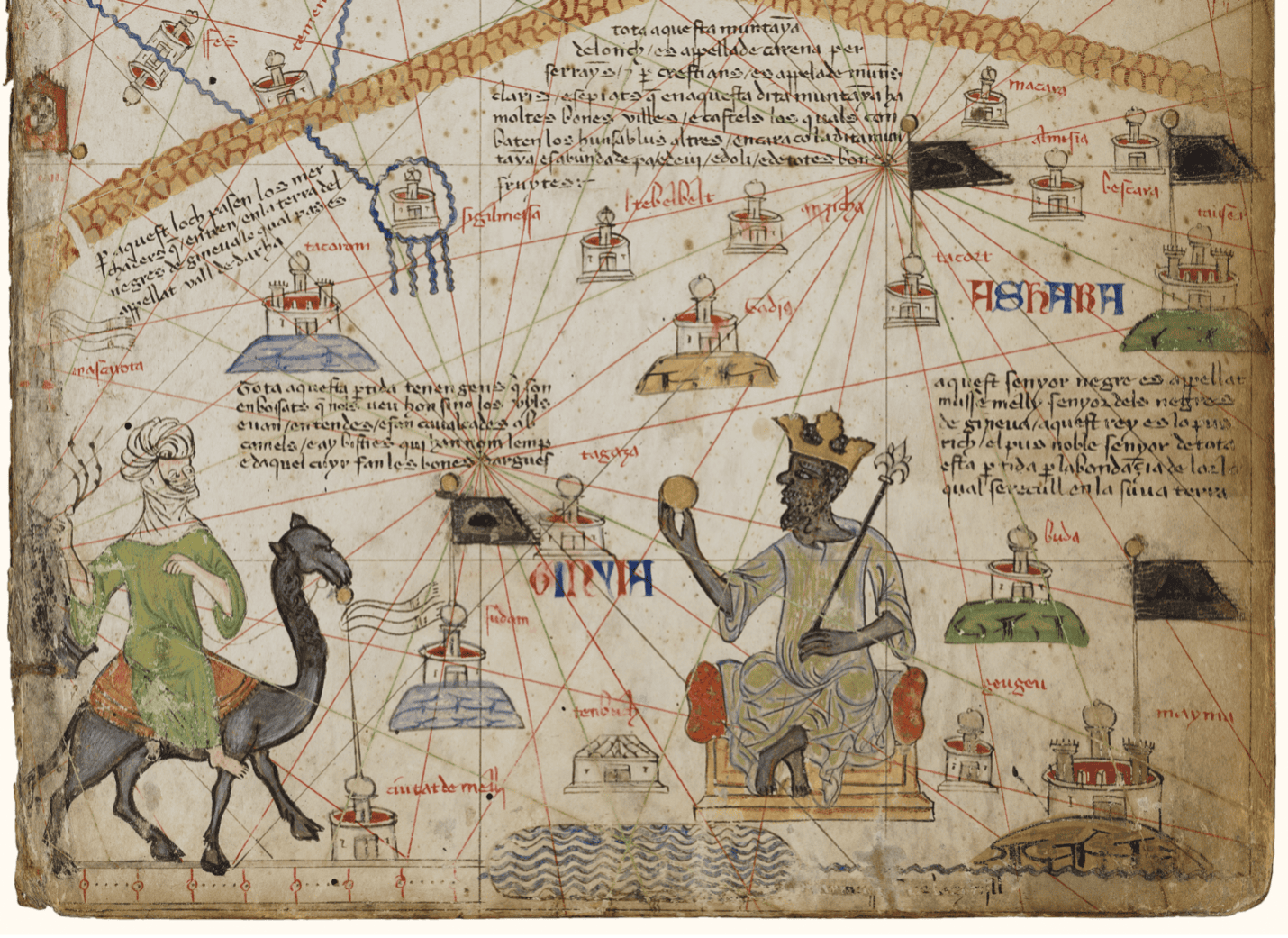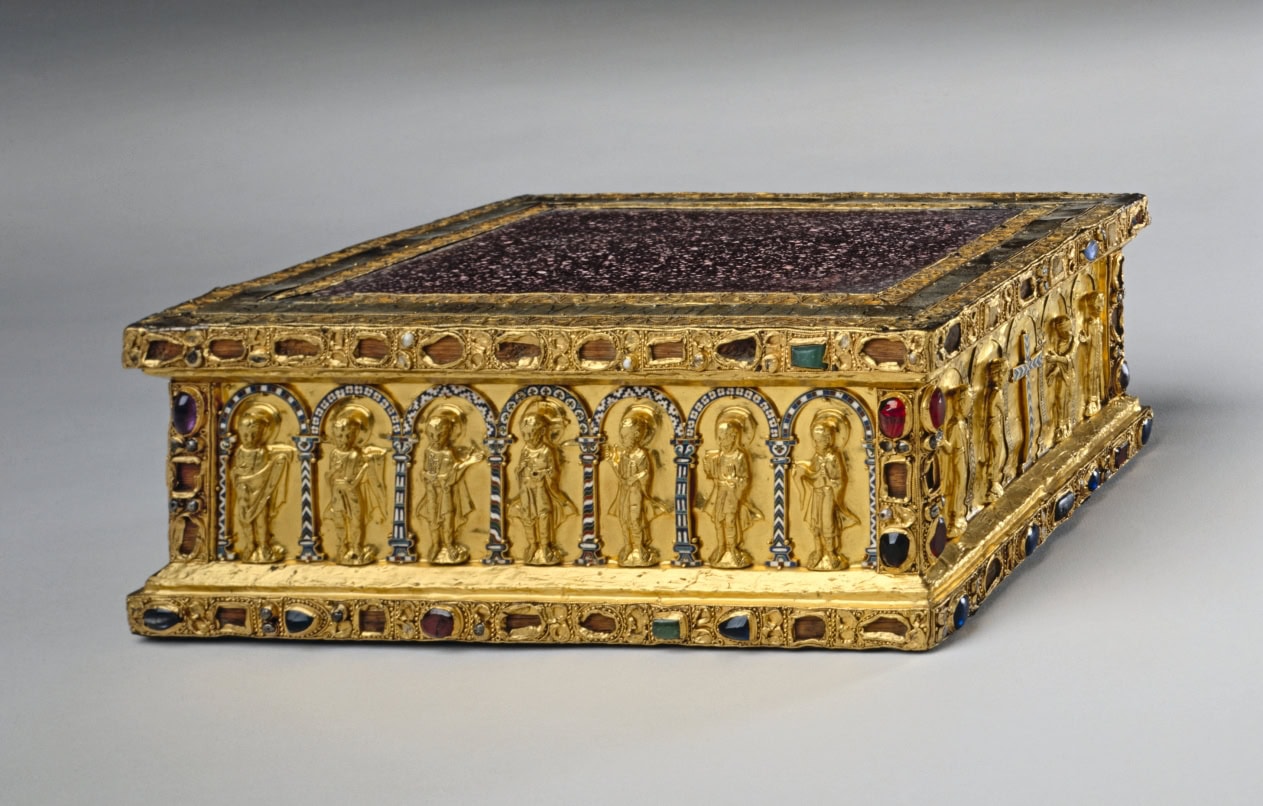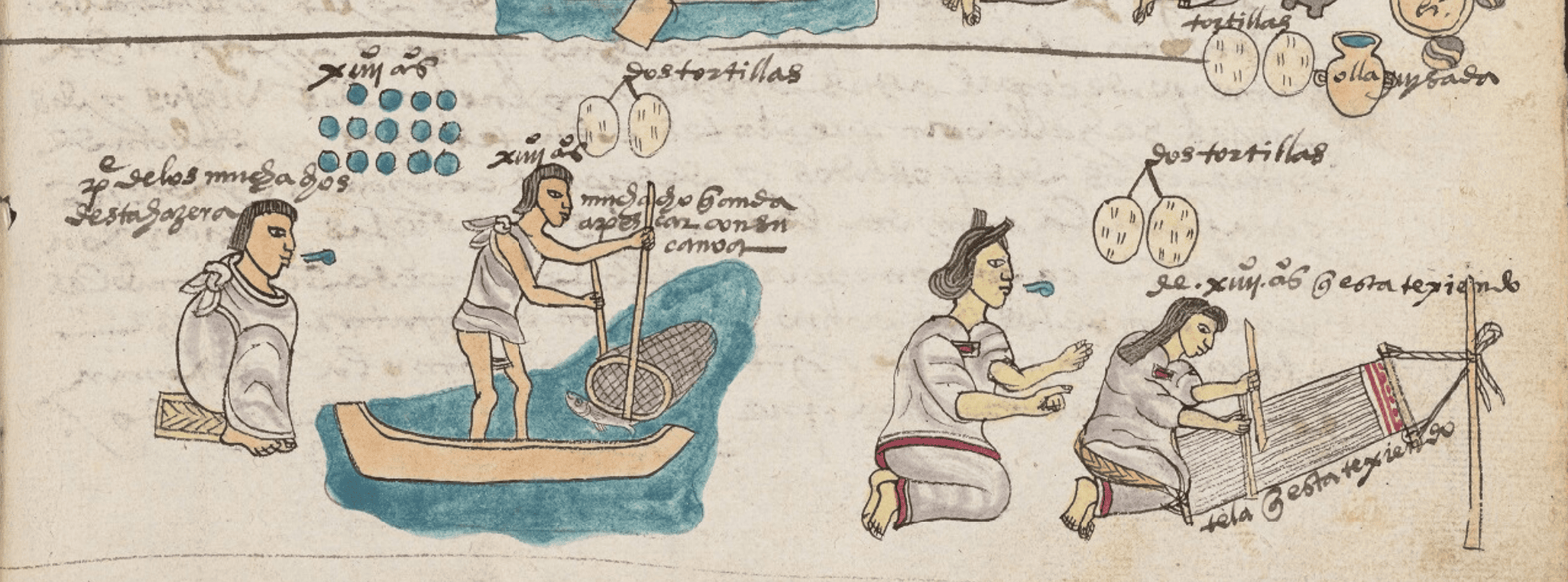By A.L. Burt
Professor of History, University of Minnesota
(Published January 1946)
 Table of Contents
Table of Contents
How Important Is Canada to the United States?
Is Canada Disunited by Its Geography?
Is There a Deep Split between French and English Canada?
How Does Canada Govern Itself—Or Does Britain Do It?
How Do the United States and Canada Get Along?
What Kind of Economy Does Canada Have?
Related Resources

September 7, 2024
Travel and Trade in Later Medieval Africa

September 6, 2024
Sacred Cloth: Silk in Medieval Western Europe

September 5, 2024